SICK Industrial Automation

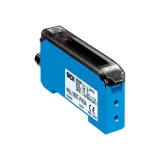

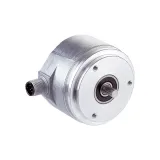

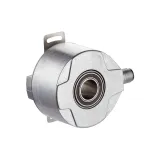
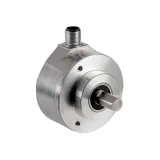


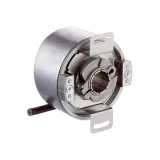
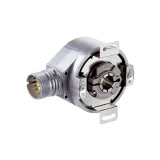

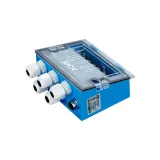
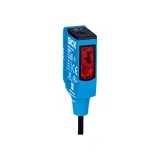

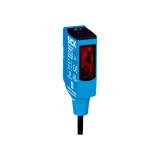
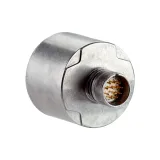
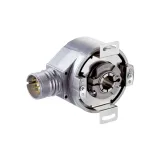

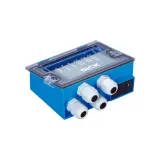
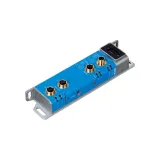
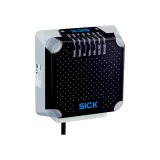

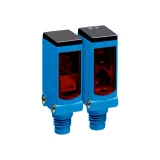
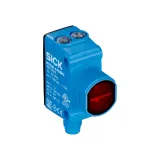

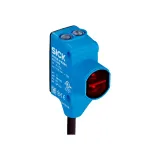
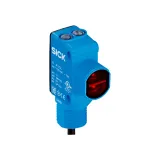
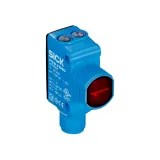
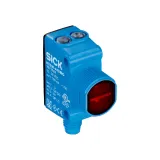

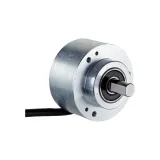
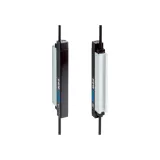
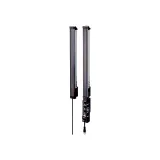
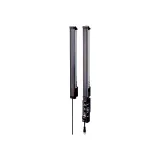
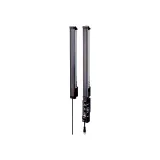

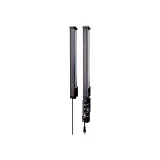
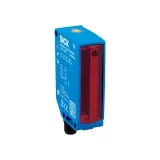
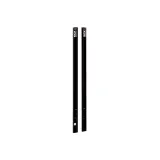

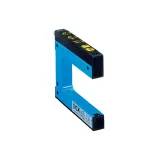
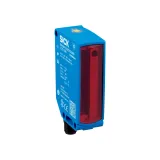
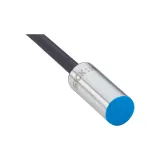
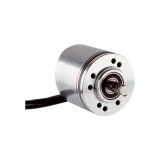
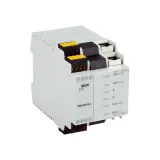
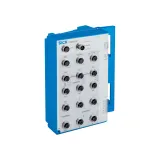

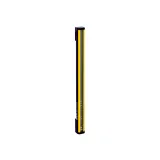
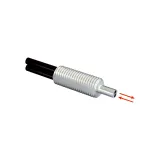

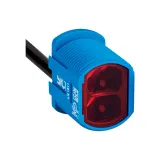
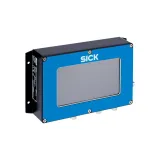
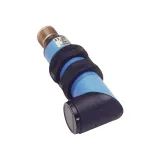
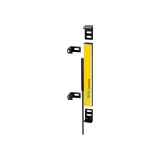
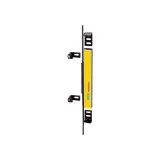



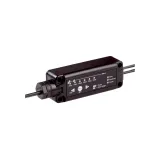
sick automatics and control for machines and conveyors
SICK covers the controls layer that keeps production lines predictable: sensing, logic, and networking from the field edge to PLC-safe loops. Hardware is engineered for fast mounting on DIN or directly on the machine, with clear terminal markings, keyed M12 connectors, and housings that survive vibration, washdown, and cabinet heat. Typical environments: −25…+55 °C, 5–95 % RH non-condensing, IP65/IP67 on field units and IP20 inside panels. Power rails are 24 V DC with reverse-polarity, over-current, and short-circuit protection; surge immunity commonly 2–4 kV.
Product range and series overview
Discrete sensors (photoelectric, proximity, ultrasonic), measuring LiDAR and time-of-flight, incremental/absolute encoders, safety light curtains and scanners, RFID/vision ID, and smart gateways form the field layer. Interface blocks aggregate I/O via IO-Link, while compact safety controllers and gateways bridge to PLCs over PROFINET, EtherNet/IP, Modbus/TCP, and CAN. Accessories include coded targets, reflector foils, mounting brackets, quick-release clamps, and pre-terminated M8/M12 cable sets. For washdown and food areas, stainless housings and sealed optics prevent fogging and chemical ingress.
Technical specifications and standards
Response times for discrete sensors sit in the 0.5–5 ms band; LiDAR update rates run 10–25 Hz for area monitoring and higher for profiling. Optical heads offer Class 1 lasers where applicable; alignment aids are integrated. Safety devices reference EN ISO 13849-1 (PL e) and IEC 61508 (SIL 3) with Type 2/Type 4 ESPE to IEC 61496; muting/blanking is available on curtain families. Encoders present HTL/TTL and SSI/BiSS-C; multi-turn options use magnetic or energy-harvesting gears, avoiding batteries. IO-Link ports run COM2/COM3 with on-sensor parameter storage; A- and B-port power budgets are documented so you can load ports correctly. EMC follows EN 61000 series; enclosure safety meets IEC/EN 60529; shock/vibration per IEC 60068.
sick control systems architecture and interfaces
Cells are typically layered: field devices on IO-Link and discrete 24 V signals; edge I/O blocks concentrate wiring; a central PLC or compact safety controller supervises logic. Gateways expose PROFINET device status, diagnostics, and device-description imports (GSDML/EDS). For brownfield lines, protocol bridges translate serial and sensor-bus data to Ethernet without rebuilding cabinets. Time sync via SNTP/PTP keeps encoder and camera time bases coherent for traceability.
sick automation sensors for detection and safety
Through-beam and retro-reflective photoelectrics cover fast part presence; background-suppressed diffuse types ignore shiny conveyors. Ultrasonic heads solve transparent films and bottle walls; LiDAR allocates 2D zones around AGVs and palletizers. Safety curtains with 14/30 mm resolutions protect fingers/hands, and laser scanners create dynamic protective fields around corners. Teach-in and remote parameterization reduce trial-and-error during commissioning.
sick industrial control components for panels and field
IP67 I/O hubs with M12 connectors collapse home-run cabling; modular DIN blocks add digital/analog channels where cabinets remain. Power isolators, managed device switches, and sensor-level fuses improve uptime. For harsh corners, stainless brackets, anti-vibration saddles, and optical heaters keep heads aligned and condensate-free.
Applications and compatibility
Packaging lines use fork sensors for label edges, high-rate retro-reflectives for carton presence, and encoders on infeed belts; fillers and CIP areas demand IP69K heads and chemical-resistant windows; intralogistics combines LiDAR for aisle collision avoidance with curtain-guarded transfer stations; woodworking and metals need long-range through-beam optics that tolerate dust. The range integrates cleanly with third-party PLCs; EoN diagnostics and standard device profiles keep programming straightforward. When projects list sick automation devices across multiple OEM skids, parameter cloning helps maintain uniform behavior through phases.
Integration with other brand products
Wiring aligns with standard installation hardware: IP-rated junction boxes, compression glands matched to cable OD, and divider trunking to separate SELV from mains. IO-Link masters mount beside drives and valve islands; power buses support daisy-chain with documented inrush, so group switching won’t trip supplies. Safety paths accept external contactors with EDM feedback; light-level and contamination diagnostics can be bubbled up to SCADA via the same Ethernet backbone.
Selection criteria for B2B clients
Start with the detection problem—contrast, distance, and surface—and pick the sensing principle that tolerates it. Define switching speed from conveyor pitch, then lock the connector system (M8 vs M12) and the topology (home-run vs IO-Link hub-and-spoke). For safety, map PL/SIL, resolution, and protective-field geometry before choosing curtain height or scanner angular resolution. Confirm network stack early; mixing two Ethernet protocols per cell complicates spares. Where cabinet space is tight, consolidate with sick electronic control units that combine logic, safe I/O, and gateway functions. For modular machines, reserve expansion with sick automation modules so late-stage heads add without rewiring the backbone.
Advantages of working with Bankoflamps
We align bill-of-materials to your machine list and expose live EU stock before commissioning windows are booked. Quotations return in about an hour with EAN/MPN, so optics, ranges, and protocol options don’t drift between phases. Your portal shows lead times, shipment status, and downloadable price files; pricing validity is held to project gates. Approved accounts can use post-payment up to 30 days. We consolidate partials by cell to cut freight and on-site sorting, and your account manager cross-checks sensor principle, beam geometry, encoder interface, safe I/O count, network protocol, and mounting hardware against your drawings—so crates arrive panel-ready and the line goes up without rewiring.